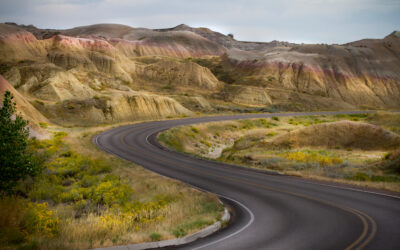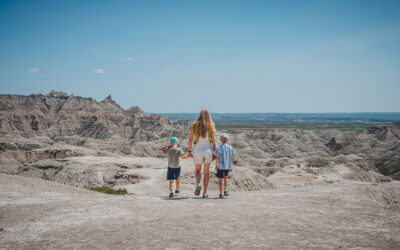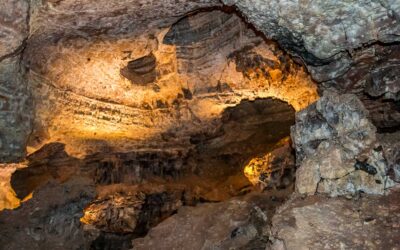Gov. Mike Rounds has declared 2010 a "Year of Unity" in South Dakota. The declaration aims to foster better relations between whites and American Indians in South Dakota, where Indians constitute about 8.5 percent of the population.
As part of the Year of Unity, state government is putting out press releases on a regular basis. The most recent one is about the renowned American Indian artist Oscar Howe:
Oscar Howe, a Native American born at Joe Creek on the Crow Creek Indian Reservation, has been designated as one of South Dakota’s Great Faces.
Howe was famous internationally as an artist who defined the Native American Fine Arts Movement between the 1940s and 1960s. His work is widely recognized for representing the rich heritage and unique character of American Indian people and South Dakota.
Howe’s paintings have been collected and shown in museums as far away as New York, London and Paris. He is highly regarded as a major influence on the course of Indian art today.
After graduating from the Pierre Indian School, Howe polished his skills at the Santa Fe Indian School in New Mexico.
Howe’s career eventually led him to the University of South Dakota, where he became an assistant professor of art, artist-in-residence and assistant director at the W.H. Over Museum. He stayed at USD for a quarter of a century. He died in 1983.
The release doesn’t mention Mitchell, which is a great place to explore Howe’s life and work.
A little-known fact about Howe is that he designed the murals for the Corn Palace in Mitchell for many years. In fact, I’d say that Howe took the Corn Palace murals to a level of art that was never seen before and has not been seen since. Many of his murals dealt with themes of reconciliation between the races, whereas today the art on the Corn Palace is pretty much just a series of pictures. Howe’s murals sparked actual thought, which is quite an accomplishment when you consider that the medium was corn and other assorted grains.
Anyway, you can see some of Howe’s Corn Palace mural designs when you visit the Corn Palace. There are pictures in the building of all the previous years’ designs.
Mere blocks from the Corn Palace in Mitchell is the Carnegie Resource Center, where a Howe painting adorns the interior of the historic building’s dome. Howe was hired to paint the dome by the Works Progress Administration.
Also in Mitchell is the Dakota Discovery Museum, where some of Howe’s artwork is displayed.






